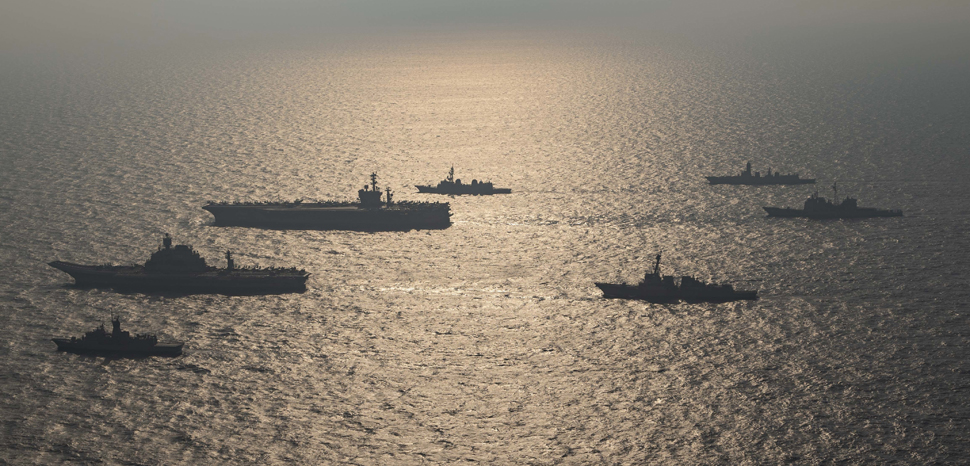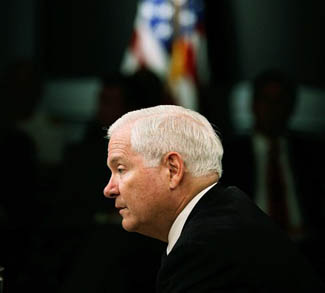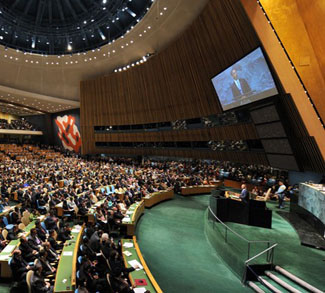The Trump administration decided to declassify a 2018 document on January 12, 2021, eight days before the new administration takes over: “U.S. Strategic Framework for The Indo-Pacific. ” While the move came as a surprise (it was originally supposed to be declassified in 2043), this article will focus on the document’s content rather than the reasons behind the decision to suddenly share it with the public.
In fact, there was another such document, published by the US Department of State in November 2019: “A Free and Open Indo-Pacific: Advancing a Shared Vision.”
Naturally, there are many common points between the two documents. For example, it is clear from both that the two most important US partners in the Indo-Pacific region are Japan and India. It is also clearly stated that ASEAN has a central role in terms of the regional goals of the United States. In the latter document, China is not mentioned much, and North Korea is mentioned only in reference to the cyber threat it poses.
The 2019 document focuses on economic cooperation in the region and applies a superficial touch to the security dimension. In addition, opportunities are stressed rather than threats.
However, in the document declassified on January 12, security is clearly emphasized and China is defined as a national security challenge in no uncertain terms. This document places the challenge represented by China at its center, listing various action items that must be implemented in response. Another noteworthy change is that the nuclear threat posed by North Korea is handled at the same level as the Chinese challenge. Maintaining the economic prosperity of the United States is also stressed as a key security objective.
The document names Japan and India as the two most important US partners in the region, and it recommends increasing the support capabilities of both countries in order to ensure that they can be effective – not just in their own immediate regions, but in the whole of the Indo-Pacific.
Australia and South Korea are listed as other key US allies, though the document seems to put them at a lower level. Developing relations with them is outlined as a goal. Another point of interest here is that it envisions a role for South Korea beyond the Korean Peninsula.
ASEAN member states are discussed in two dimensions: economic and security. While improving economic relations with ASEAN member states is laid out as a goal, priority is given to the security dimension in the form of the South China Sea.
In the document, the challenge represented by China is discussed in detail and in length. Though opportunities are mentioned, the brevity of the section is remarkable.
One of the most comprehensive parts of the document is devoted to increasing Taiwan’s defense capacity. The United States’ attitude towards Taiwan, which has never been expressed in open source, can be clearly seen here. In this context, as an action item, the US commits to supporting Taiwan in developing an effective and asymmetrical defense strategy.
In fact, it is possible to see the reflections of the 2018 document over the past three years. The United States changed the name of the combat command in the region from Asia-Pacific to Indo-Pacific in 2018, emphasizing the importance of India for the region. In addition, Washington started to bring together India, Japan and Australia under the umbrella of the QUAD to carry out military exercises in the region.
In 2019, Japan began to play a more active role in the wider region. However, historical grievances between Japan and South Korea continue to stand in the way of a more comprehensive approach. If these problems are not overcome, a serious gap will arise in Washington’s regional security outlook. One of the issues that has not yet been realized in the Strategic Framework is for South Korea to take on responsibilities beyond the Korean Peninsula. This is thought to be due to the state of the Japan-ROK relationship.
One of the largest oversights in the strategy’s objectives is that economic relations between the United States and regional partners cannot be institutionalized. On the contrary, China has taken major steps in this direction with the Regional Comprehensive Economic Cooperation (RCEP) agreement. It would not be wrong to expect that the United States will make an effort to fill this gap during the Biden administration.
The views expressed in this article are those of the authors alone and do not necessarily reflect those of Geopoliticalmonitor.com or any institutions with which the authors are associated.




